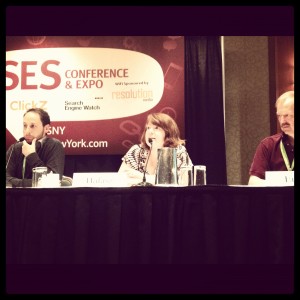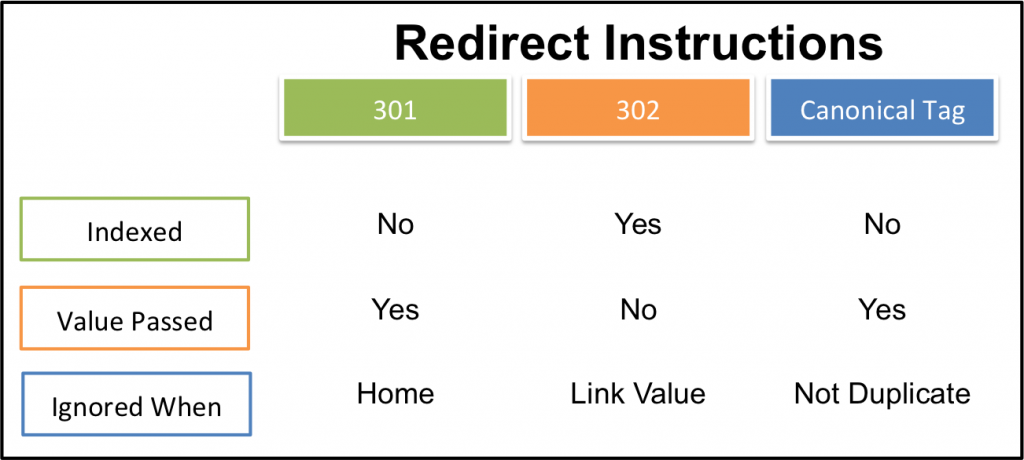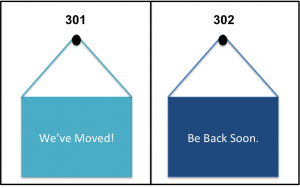 Understanding the way that search engines like Google and Bing crawl your sites for duplicate content is not always easy to follow. What exactly are the rules, and what are the ramifications for not following the rules?
Understanding the way that search engines like Google and Bing crawl your sites for duplicate content is not always easy to follow. What exactly are the rules, and what are the ramifications for not following the rules?
This presentation by a group of industry experts focused on gaining an understanding of how search engines read your content, as well as what steps you can take to avoid penalization for your content.
Peter van der Graff: Redirecting Duplicate Content
We always assume that Google knows best, but is that necessarily true? According to Peter finding a formula that works 100% of the time is no easy task. He opened up with a great example “If you have a 301 redirect and you tell Google to go left, they’ll probably go right.” You could end up implementing a 301 redirect and when you request the location a cached version of the site may still appear instead of the redirect you intended.
As a best practice guide for determining how redirects worked based on your tactic Peter provided a chart similar to the one included below:

Jenny Halasz: Let’s Talk About the Panda in the Room
I really appreciated the way that Jenny (@jennyhalasz) related information in her presentation; from the way Google Panda works to the way Pagerank functions. Pagerank measures the quality and quantity of links to your website and periodically makes updates based on this information. Google Panda evaluates the quantity and quality of the content housed on your site and assigns a value to your website or section of your website. It’s important to note that just because you’ve updated your content, changes will not necessarily be reflected by Google until they update your Panda rank.
301 & 302 Easily Explained
A 301 redirect is comparable to putting a sign in your window that says “we’ve moved” and contains your new address. A 302 page is similar to putting out a “be back soon sign” which gives visitors no idea where you are or when you’ll return, which can often send your visitors on a wild goose chase trying to find you.

Eric Enge: Syndication & Link Juice
Eric (@stonetemple) shared some very insightful information for content syndication, the do’s and don’ts if you will. According to Enge if your team is consistently creating great content that can be published on different sites and if they link back to you, this is a great way to begin building additional links.
The Good, Bad & Ugly of Content Syndication
The Good
- Many sites hungry for fresh content
- By providing quality content you can:
- Build your relationships with other publishers
- Increase visibility to their audiences
- Establish yourself as an expert
- Net your links and social media mentions
The Bad
- Search engines can see duplicate content
- Search engines only want to show one copy
The Ugly
- Search engines MAY show the original author
- But, not ALWAYS
- Don’t get stuck syndicating your content and then not ranking for it!
Multi-Site Solutions for Avoiding Duplicate Site Content
There are best practices associated with developing content for multiple sites. It’s important to avoid the easy route (a copy and paste) because as we learned during this session there can be some negative effects. The best practices that were recommended include:
- Develop separate distinct content for each site
- Determine what the focus of each site should be and make them different
- Who is the target audience: age, sex, preferences
- What is the topical focus: cheap, premium, best
- Vary your content style by site
- Academic
- Humor
- UGC
- Videos
- News
Now that you know what not to do, does this have you considering your current strategy for managing content across multiple sites? I for one appreciated the insight provided by this panel as it was easy to understand and provided great direction for which solutions are most highly recommended. Stay tuned for more #SESNY coverage from our team: @toprank, @leeodden, @azeckman, @bslarsonmn.


